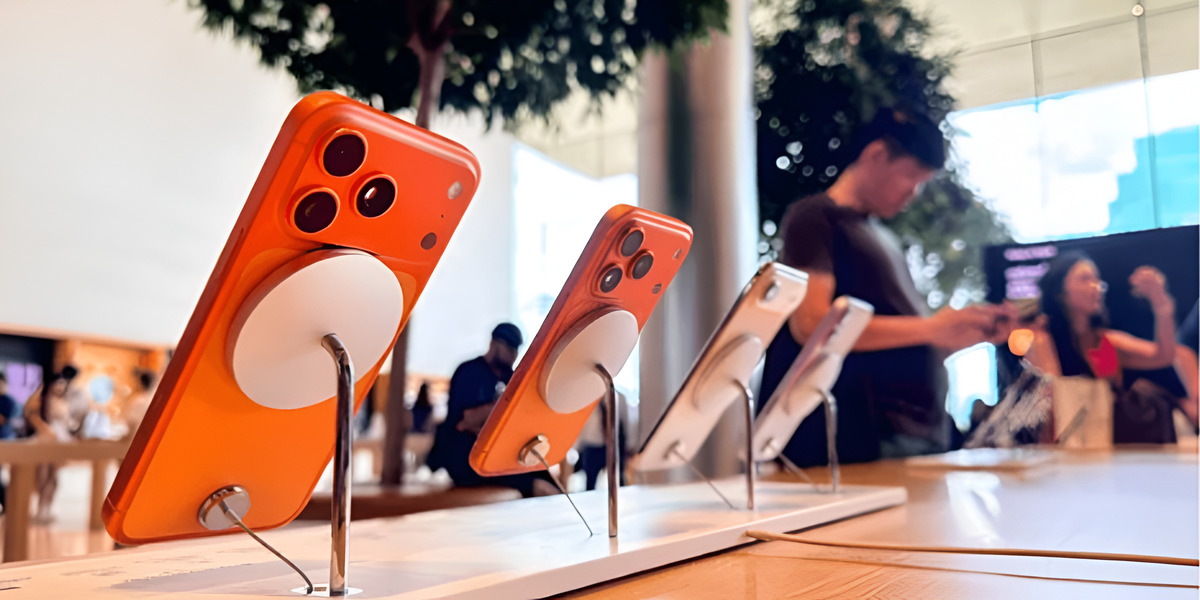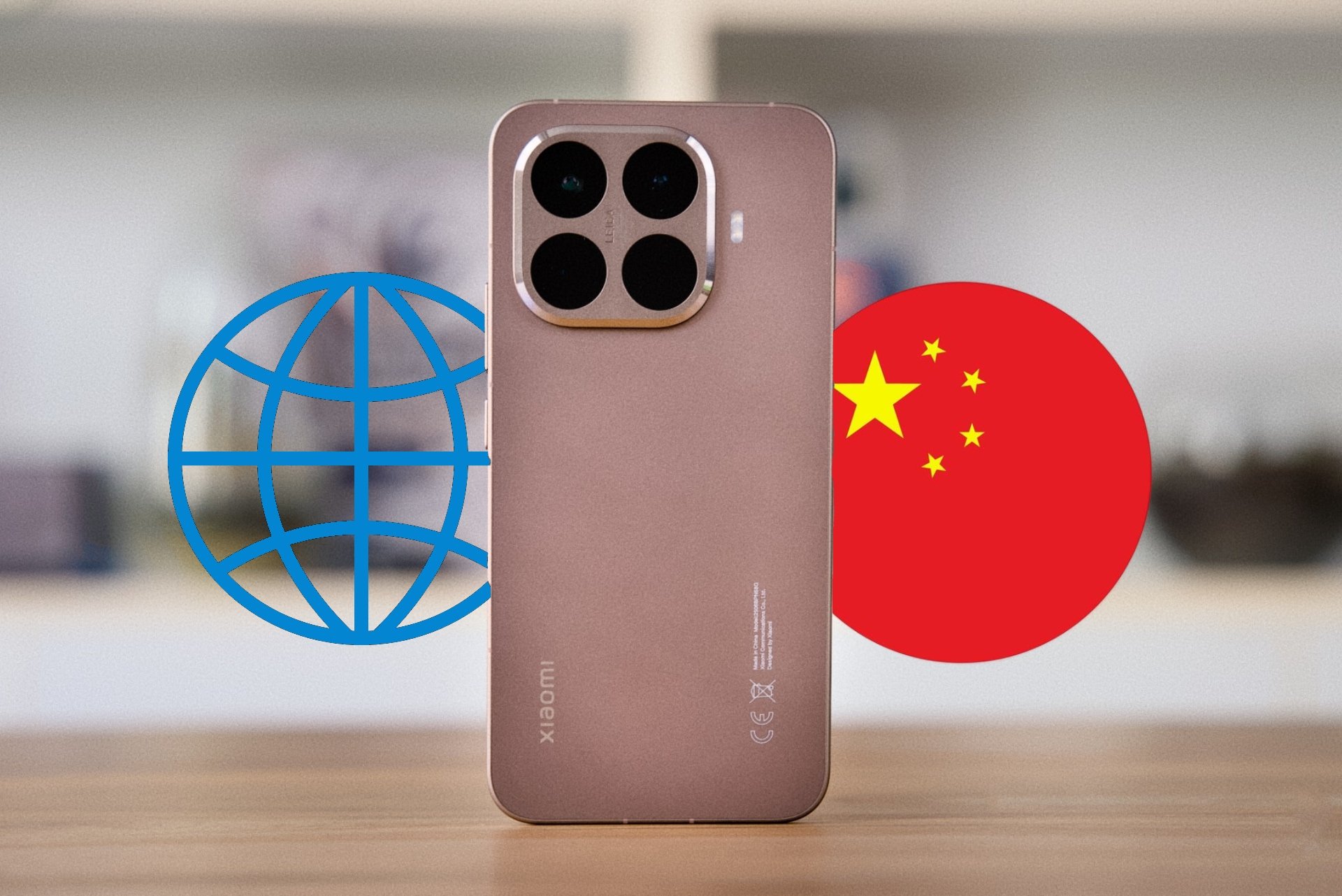The wait is over. A few minutes ago, Samsung presented all the news about its new 2025 flagship phones. Hypertext We were lucky enough to test them out, take a closer look at their AI features, detail all the prices of the various models, and take a closer look at them photographic section. In fact, in these lines the main characters are Galaxy S25, S25+ and S25 Ultra camerasthree configurations aimed at gaining a place in the top echelon of the industry.
This year Samsung chose Professionalize your cameras even moreselecting details that the most advanced users in the field of photography and video will appreciate. In this sense, he copied Apple a little by finally integrating logarithmic notation (LOG), although it went further, including modes such as the zebra pattern or direct LUT implementation.
Of course, it’s not just the most experienced photographers who will be able to take advantage of the new generation: the Galaxy S25, S25+ and S25 Ultra cameras also come with very interesting improvements for the general public. A good example is the new 50MP wide-angle sensor on the top model, an update that many have been missing for a long time. Now it’s here and comes with some exciting news.
The Galaxy S25 Ultra’s cameras are the stars again
Samsung has changed a few key aspects in this new series, but one thing remains: difference between cameras of basic models and the most advanced ones. The Galaxy S25 Ultra still boasts the best photo section ever on a Samsung mobile. If you want the best pictures and maximum versatility, you need this mobile phone.

And to whet your appetite, there’s nothing better than taking a look at the official Samsung Galaxy S25 Ultra camera data sheet.
| Sensor type | Characteristics |
|---|---|
| Wide-angle sensor (main camera) | Permission: 200 megapixels Aperture: f/1.7 Optical Image Stabilization (OIS) Viewing Angle: 85° 24 mm equivalent |
| Telephoto Sensor | Permission: 50 megapixels Aperture: f/3.4 Optical Image Stabilization (OIS) Viewing Angle: 22° 5x optical zoom 111 mm equivalent |
| Telephoto Sensor | Permission: 10 megapixels Aperture: f/2.4 Optical Image Stabilization (OIS) Viewing Angle: 36° 3x optical zoom 67 mm equivalent |
| Ultra wide angle sensor | Permission: 50 megapixels Aperture: f/1.9 Viewing Angle: 120° 13 mm equivalent |
| front camera | Permission: 12 megapixels Aperture: f/2.2 Viewing Angle: 80° |

The big new thing is 50 MP ultra-wide-angle sensorwhich leaves a resolution of 12 MP, which allows for higher quality and a much nicer zoom of photos in the gallery. Additionally, this change also significantly improves frame brightness and thanks to this, night photography with the UW finally produces results comparable to other cameras.
And, although the rest of the sensors remain almost unchanged, Samsung has worked to improve the level of photography. According to the company, changed post-processing algorithms to squeeze more power out of camerasand also takes advantage of the performance benefits of the Qualcomm Snapdragon 8 Elite to make it much faster.
Qualcomm has unveiled a nice list of improvements in photography, so the Galaxy S25 Ultra’s cameras may make a significant leap over previous generations without offering much in the way of hardware changes.
A good example of this is the professional parts that Samsung has integrated into the Galaxy S25 Ultra. Namely, it enabled recording in logarithmic format (LOG), allows you to include LUTs directly from the editing section, records 10-bit video in HDR and introduced a new system called Audio Eraser, which eliminates ambient noise in post-production.
The emergence of Qualcomm Snapdragon 8 Elite, new algorithms, changes in ultra-wide-angle and professional video modes. Expect Samsung’s amazing photography department. Without a doubt, in Hypertext We can’t wait to get our hands on the Galaxy S25 Ultra’s cameras so we can tell you much more.

The Galaxy S25 and S25+ also take advantage of Qualcomm.
Hardware news is more limited when we talk about base models. Actually, Samsung hasn’t made any changes to the Galaxy S25 and S25+ cameras compared to the previous generation. It keeps track of sensors, resolutions and technical details, although that doesn’t mean image quality stagnates.
This year, the Galaxy S25 and S25+ are equipped with Qualcomm Snapdragon 8 Elite, while the Galaxy S24 opted for Exynos 2400. Therefore, as with the Ultra model, Samsung is committed to improving the photo quality present in post-processing. images.
New algorithms and capabilities of Snapdragon 8 Elite allow you to get the most out of the Galaxy S25 camera hardware and get that mandatory leap in quality that the new generation has to offer. This of course doesn’t mean we’d want the ultra-wide-angle sensor to also increase from 12MP to 50MP, but that’s not what Samsung decided to do.
| Sensor type | Characteristics |
|---|---|
| Wide-angle sensor (main camera) | Permission: 50 megapixels Aperture: f/1.8 Optical Image Stabilization (OIS) Viewing Angle: 85° 24 mm equivalent |
| Telephoto Sensor | Permission: 10 megapixels Aperture: f/2.4 Optical Image Stabilization (OIS) Viewing Angle: 36° 3x optical zoom 67 mm equivalent |
| Ultra wide angle sensor | Permission: 12 megapixels Aperture: f/2.2 Viewing Angle: 120° 13 mm equivalent |
| front camera | Permission: 12 megapixels Aperture: f/2.2 Viewing Angle: 80° |

After you take the photos, the AI will help you further.
Galaxy AI is still present throughout the Galaxy S25 series and has some interesting features when we talk about the photography section. In addition to using artificial intelligence to detect scenes and enhance certain shots, the new devices take advantage of the advanced Qualcomm Snapdragon 8 Elite processor to be faster when editing your content.
Now, for example, the Galaxy S25 is capable of performing Generative editing tasks based on artificial intelligence are completed much faster. and without the need to connect to any remote server: everything happens on the device itself. Options like object erasing aren’t new, but they work better, offer more realistic results, and are faster.
Subscribe to Hypertext daily newsletter. Get the most important, up-to-date information on technology, science and digital culture delivered to your inbox every day.
Samsung has integrated a significant amount of artificial intelligence into the gallery editor, allowing Get more out of your device’s camera, even if you don’t know much about photography.. There aren’t any hugely earth-shattering decisions, but again, there is a slight improvement that makes the new generation at least somewhat worth it.
Source: Hiper Textual
I’m Ben Stock, a highly experienced and passionate journalist with a career in the news industry spanning more than 10 years. I specialize in writing content for websites, including researching and interviewing sources to produce engaging articles. My current role is as an author at Gadget Onus, where I mainly cover the mobile section.













